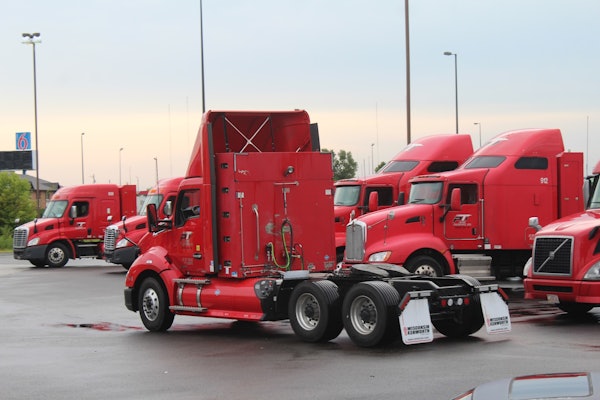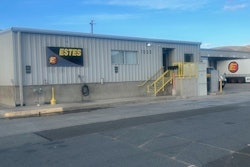 Could better use of owner-operators help the industry mitigate the pressing driver shortage?
Could better use of owner-operators help the industry mitigate the pressing driver shortage?The other day, I was talking to a friend of mine who runs a truck fleet out of Wisconsin. Like many of you, he’s had a hard time finding drivers during this economic upswing, despite the fact that his fleet pays well, invests in high-end equipment and technology and has an attractive benefits package.
As we discussed the driver shortage, I said, “You know, I think there’s just a special kind of person out there that is attracted to long-haul trucking. And there just aren’t that many of those people out there to draw from.”
“When you look at it like that,” my friend replied, “I think you sum up the whole driver shortage problem in a nutshell.”
In many ways, our industry is caught in something of a perfect storm at the moment: The economy is finally resurgent. Freight rates, capacity and demand remind us of this on a weekly basis. But, as the economy gains steam and adds jobs, the pool of possible candidates for truck driving jobs continues to shrink. In other words, if you thought it was tough finding drivers a year ago, just wait.
What should the industry do?
How about getting more owner-operators in the game?
Owner-operators have never gone away, of course. They’re still out there, turning and burning. And in many ways, they remain the public face of the industry at large. Moreover, these are the very people I was referring to in my conversation with my friend: People who love the trucking industry so much they quite literally pay to be a part of it when they buy their own rigs and go into business for themselves.
According to CCJ sister publication Overdrive, the owner-operator market in the United States bottomed out in 2010, a year after the 2008 recession ended, and has been clawing its way back ever since. According to a Commercial Motor Vehicle Consulting study commissioned by Overdrive, owner-operators in 2013 controlled 38,200 fewer trucks than they did in 2006.
The take-away here is obvious: Another 40,000 – or, dare I say, another 60,000? – owner-operators on the road today would be an instant shot in the arm for the transportation industry. It would go a long way toward easing the current capacity crunch and take enormous pressure off fleets scrambling to find drivers.
It seems hiring owner-operators is a ready-made solution that works well for everyone involved. And every truck manufacturer I know would love to see a market for an additional 30,000 to 60,000 high-end Class 8 trucks suddenly materialize.
So, the obvious question is: what can the industry as a whole – and yes, even the government – do to get more owner operators on the road?
Fleets know too well the problems with acquiring and operating equipment today. But large fleets are much better prepared to deal with skyrocketing equipment costs and wildly fluctuating fuel prices than owner-operators. And that doesn’t take other increased operating costs that didn’t exist in 2006 into account, such as new required technology, and increased maintenance and (most likely) insurance costs.
Many large fleets today are already offering lease-to-own owner-operator packages as an incentive to attract drivers and convert company drivers to owner-operators. These efforts should be applauded and better promoted. It’s also time for the industry to pressure financial institutions to offer lower interest rates, and to pressure the government to offer tax incentives, including some for first-time Class 8 truck buyers, to help aspiring owner-operators get started and to help existing ones stay in business.
In fact, the argument could be made that while all small businesses are good for our country and our economy, trucking plays a vital role in a much larger transportation infrastructure with a very real impact on international competition and trade. Therefore, trucking entrepreneurs ought to be granted incentives and allowances that someone who wants to open up, say, a flower shop, doesn’t need to compete and stay in business.
If all the industry analysts are correct, in the very near future, the driver shortage will begin to affect the industry’s ability to effectively move freight. Sooner or later, that crunch will affect consumers who won’t be able to find products on store shelves or get their on-line purchases in a timely manner. From there, it’s not a huge leap to where the inability to get products to the consumer becomes a drag on the economy as a whole.
There are a lot of solutions being touted today to solve the current – and coming – driver crunch. It’s time to add getting more owner-operators on the road to that list and making serious efforts to turn that idea into reality.











